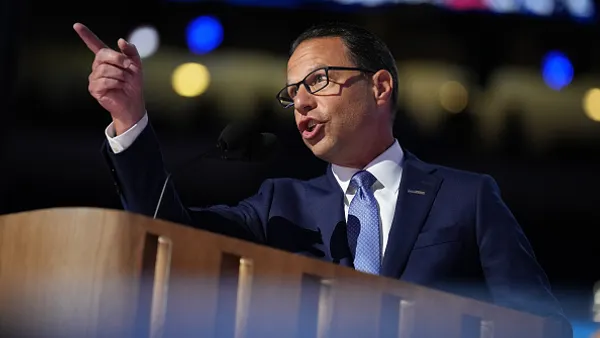Deciding to offer and fund defined benefit (DB) plans can come with some important caveats. Any fiduciary of such a plan must counter unusual market activity seen in 2022 and into 2023, while also reducing risk the organization faces from the plan.
Investment strategies, however, have shifted in light of the heightened interest rate environment seen in the US and higher inflation across the globe.
Many plan owners understand this fact and have begun to implement more complex investment strategies to protect the assets side of the ledger. For instance, in a survey of financial executives conducted by CFO Dive and Mercer, 88% stated that they use a multi-year strategy when planning the investment tactics. Another 83% stated that they manage the plan in an integrated asset and liability framework, while 89% said they use or are considering using funded status and/or interest rate triggers to de-risk their portfolios.
With the changing market activity, it’s important to take complex strategies and incorporate them to protect assets in the portfolio. Here’s how organizations are doing so, based on the results of the recent survey.
Diversifying from public equities
What organizations want to achieve in their asset pool will determine the strategies that they ultimately take within their public equity investments.
According to the survey, many financial leaders sought to improve the expected financial outcomes through the diversification process. This led to 23% to diversify the return-seeking portfolio while 24% increased their allocation to private assets.
Tactics used over the past two years vary significantly. But some trends become clear, based on Mercer data. Among investment related changes that have been implemented in the past two years, 46.1% increased interest rate hedge ratio, 42.8% increased the use of interest rate derivatives, and 40.1% increased fixed income.
For plan sponsors, this increased complexity requires a greater ability to manage the portfolio, while reviewing more asset classes and managing different types of risk.
Growing interest in public markets
Diversification in the return-seeking assets has become an increasingly attractive tactic, due to the uncertainty of the economic environment and the potential ability for alternative solutions to reduce volatility in the portfolio.
Those organizations that have the sufficient time horizon and liquidity budget can use such tactics to potentially capture stronger, more stable returns.
How plan sponsors have done so, varies. More than three-in-four (78%) of respondents to the survey stated that they expect to make greater use of derivatives as a liability hedging strategy over the next two years. Another 69% said they expect to increase investments in private assets.
Meanwhile, 61% have added alternative investments over the past two years. Organizations must plan for the risks that private assets bring to a portfolio, particularly when weighing the risk and reward of the investment on the DB assets.
It depends on the right help
One concern that plan sponsors should address as they increase exposure to alternative investments is ensuring that they have access to the proper guidance when managing the strategies.
In the survey, 93% of respondents said they have access to plan assets and liabilities that provide them with sufficient insight to make proper investment decisions. Yet only 43% of sponsors reported that they lacked the expertise or bandwidth to make confident investment decisions. Another 59% said that they struggle with timely execution after an investment decision is made.
To achieve this, more organizations are looking outside their doors for expertise in making their investment decisions. Among those surveyed, 67% said that the organization operated with a fully or a partially Outsourced Chief Investment Officer (OCIO) approach. Few organizations solely rely on internal staff for investment duties, with just 6% indicating that they do so.
It’s reflective of the heightened interest rate environment, which shifts the ability and effectiveness of the alternative investments. Understanding the how can impact the asset decisions you make when planning for your DB plan.
The report outlining the survey results, developed by CFO Dive and Mercer, provides more insight into the tactics, strategies and tools plan sponsors use to achieve their organization’s goals for the DB plan. You can download “Managing interest-rate and equities risk are top of mind,” to understand these strategies in more detail, here.










